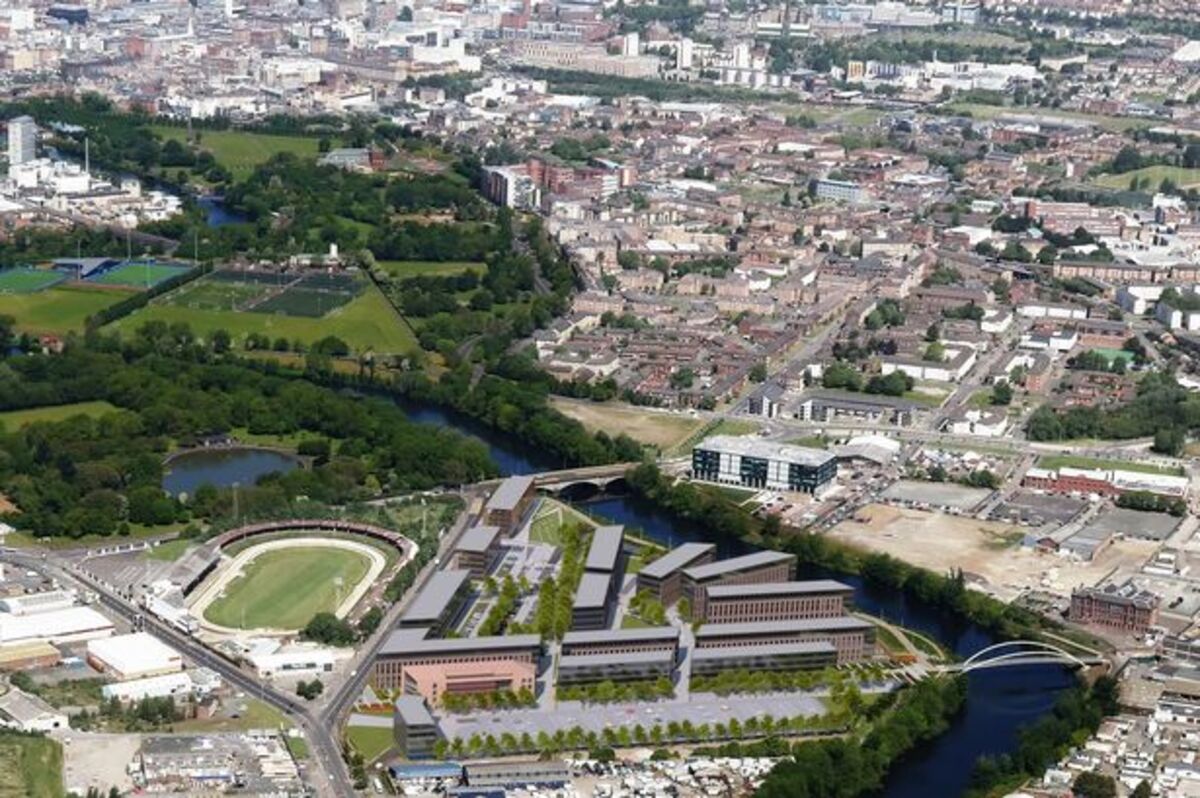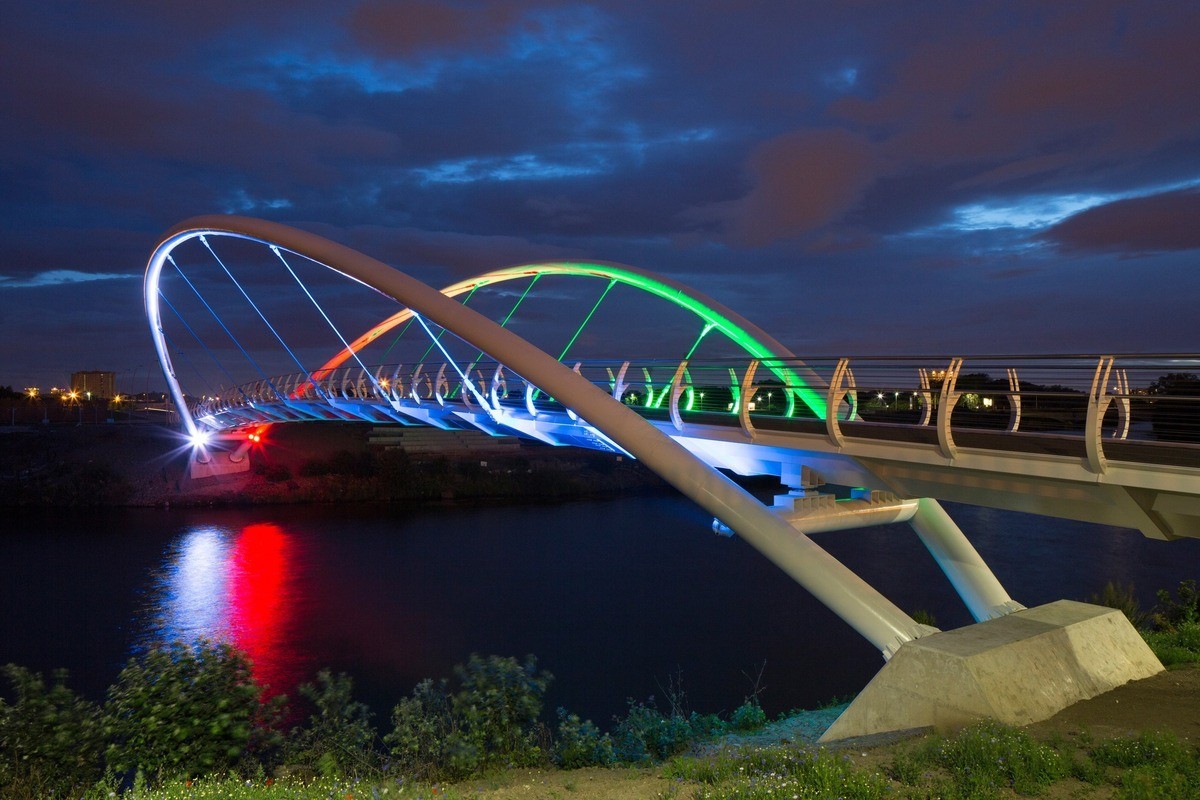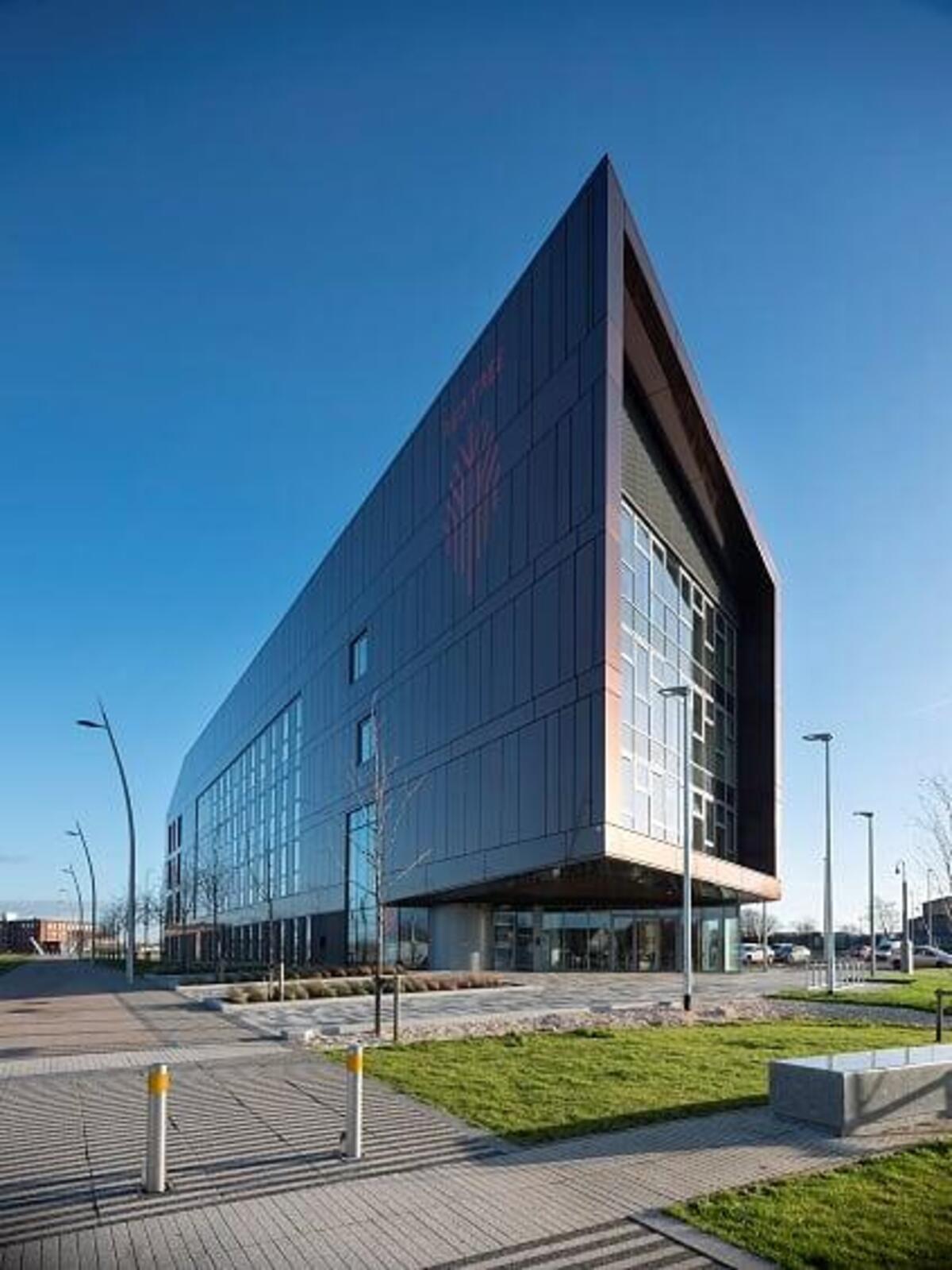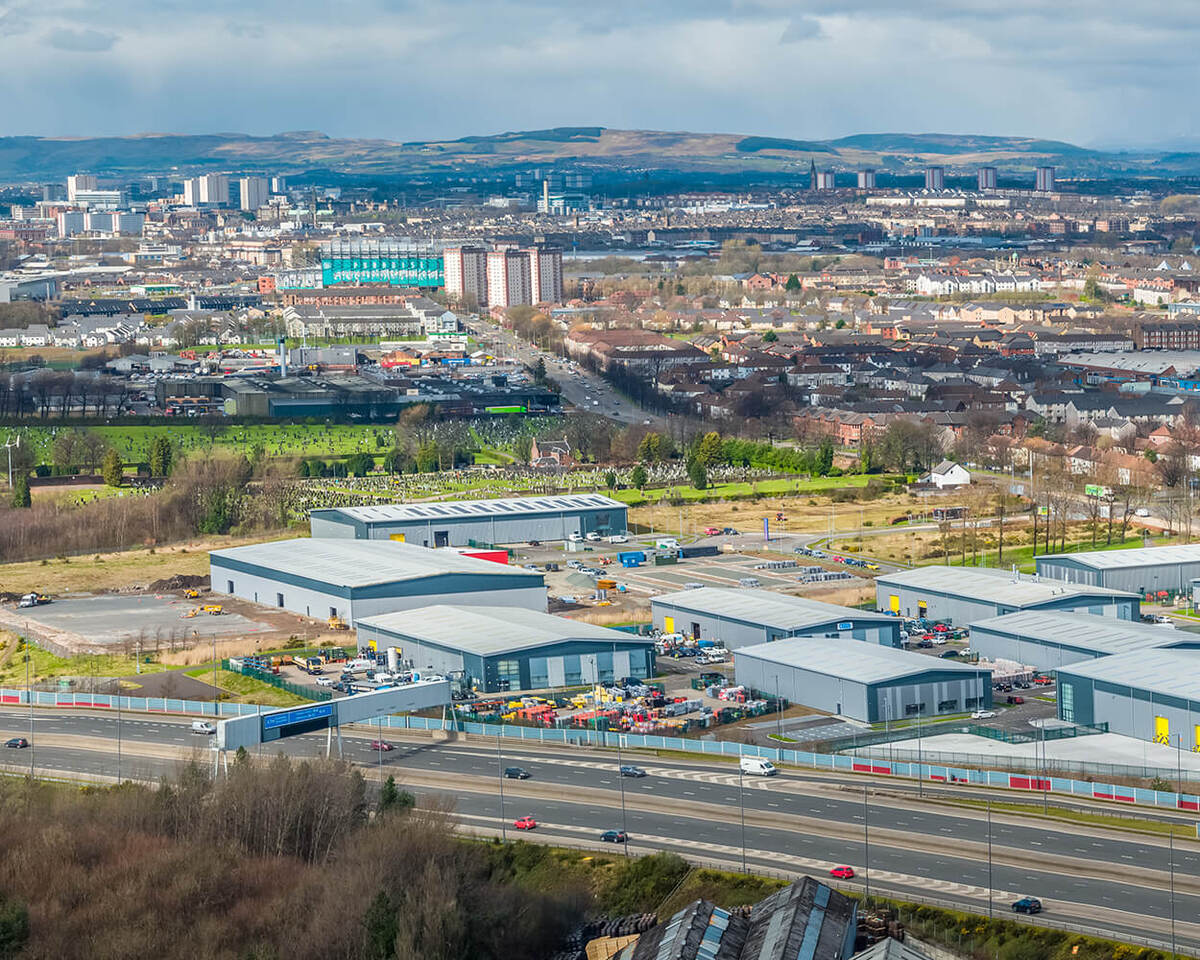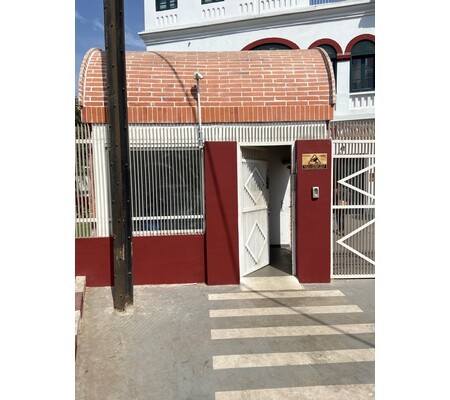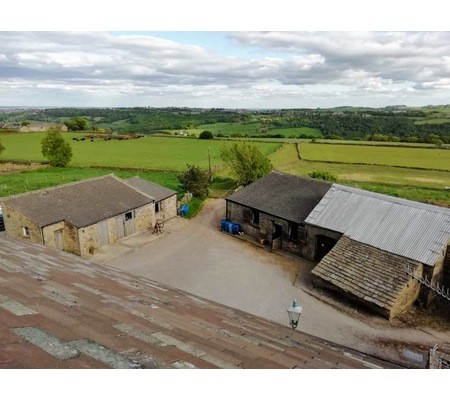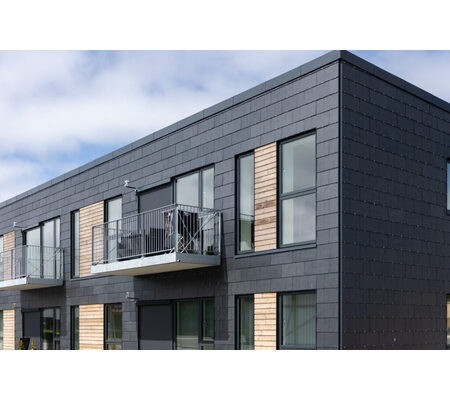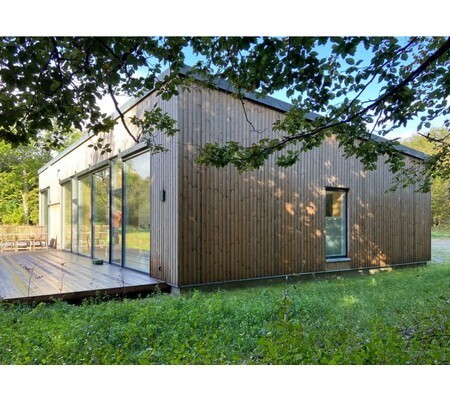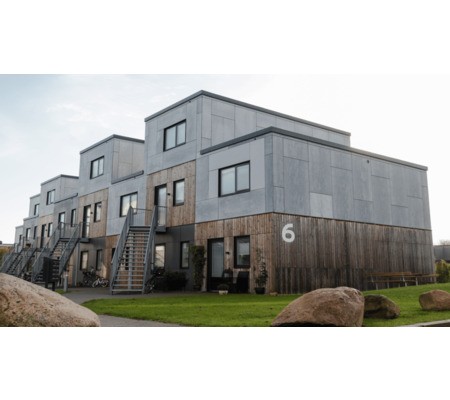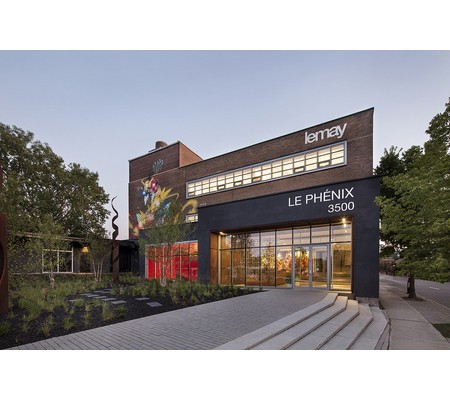The 5th generation heating and cooling grid of Glasgow
Last modified by the author on 27/02/2023 - 10:00
- Year of commitment : 2019
- Address 1 - street : The Olympia Building, 2 Orr St G40 2QH GLASGOW, United Kingdom
- CO2 Impact : 81 tons per annum
- Green energies : Energy production, Energy Grid, Energy storage, Geothermal, Recovering of fatal energy, Energy Efficiency
- Digital services : Smart grid, Resilience
- Water cycle : Risk management/Resilience
-
30 004 000 €
- Builder
Clyde Gateway
This project won a mention for the Sustainable Infrastructure Grand Prize at the national level of the Green Solutions Awards 2022-2023 in tie with the 5th generation heating and cooling grid of Plymouth.
Clyde Gateway is Scotland’s biggest and most ambitious urban regeneration programme. It is a partnership between Glasgow City Council, South Lanarkshire Council and Scottish Enterprise, backed by funding and direct support from the Scottish Government. It is an important regeneration zone of Glasgow transformed into an area comprising a mix of uses including residential, commercial, retail, leisure and educational buildings.
In figures
- 1505 m of network running
- 11 560 m² of total surface served
- 815kW of heating capacity
- 695kW of cooling capacity
- A total of 1510kh of heating and cooling annual supply
The context of the project
The project aims to demonstrate its ability to provide an “infrastructure first” solution to energy needs for key masterplan areas which fits as an energy solution over the long term. The objective is to provide low carbon energy but at the same time having technologies which can be attractive to customers and future occupants of the buildings.
The provision of an electric grid connection will seek to supply up to 2MW of power over the short term of the project to support integration with the thermal grid. A key goal is to demonstrate the viability of the initial project and its capability of scaling up with modular growth. The intention is to show this technically as an efficient system solution and through the commercial financial model in terms of sustainability.
A European pilot site for 5th generation grids
The Glasgow heating and cooling exchange grid is a demonstrator of 5th generation energy networks (5GDHC) in the framework of the European Interreg NWE D2Grids project.
The initial investors are the Scottish Government, SSE Sustainability Fund and Scottish Water Horizons.
Lasting 5 years (2018-2022), it aims to accelerate the deployment of 5th generation district heating and cooling.
A 5th generation district heating and cooling grid (5GDHC) is based on the exchange of thermal energy between buildings with different needs. The main grid transports a low temperature flow to active and distributed substations that raise the temperature to the required level. Distributed thermal storage buffers the fluctuation of heat and cool supply and demand. This architecture maximizes the share of renewable energy sources and low-grade residues.
The site is made of three buildings:
- The Red Tree Magenta, which is already existing, and is a multi-tenanted office building
- The Red Tree Central, which is to be built, and is a new 4-storey office building
- The Red Tree Technology Hub, also to be built, is a new 2-storey building containing a mixture of office and workshop spaces.
The 5GDHC grid will provide low-graded energy to the 3 buildings located in the Shawfield Development area which has been earmarked for mainly commercial use. The Shawfield Development zone is a pre-industrial site located in the west of the River Clyde.
Using this process, the first building which will benefit from this 5GDHC grid will be "Red Tree Magenta" in July 2023. In the long run, the entire business park should be connected to the grid.
See the "Sustainable Solutions" section at the end of this case study to learn more about 5GDHC grids.
Progress Status
In progress
Data Reliability
Self-declared
Funding Type
Public
Website Enterprise / Infrastructure
https://www.clydegateway.com/https://5gdhc.eu/project-cases/glasgow-2/
Sustainable Development
| Design load for DH pipes | 5.5 kN/m |
| 5GDHC Pipework | 3.2 kN/m |
Testimony / Feedback
- Develop heating and cooling grids more efficient with a low-temperature loop
- Use local energy sources for local energy demand
Martin McKay, Executive Director of Regeneration of Clyde Gateway in Scotland
"Being inspirational is part of the wider workstreams that we have for D2Grids projects and 5GDHC concept. The project aims to roll out the concept, in particular with events and seminars. This technology may be developed further, so inspirational.
Key messages for us to deliver are:
By this way, it also builds the resilience of the occupants."
Governance
Clyde Gateway
Publicly Owned Development Corporation
Clyde Gateway
Natural Ressources Manager
Public
This will be Clyde Gateway's second heat grid; the first heat grid is a high temperature grid, not an ambient temperature grid. Clyde Gateway, as a company, will affectively operate the grid and will sell both heat and cold to the consumer. The benefit to the consumer is that the grid can provide heating and cooling at a cost which is very advantageous in comparison to the wider market, and Clyde Gateway, then, get to retain the profit that might be recovered from those initial developments, and potentially look to the investor for ffurther developments of the network.
There are many beneficiaries in this project, and that when they started the project, the energy market was in a very different place than it is now. Even though, they could’ve foreseen what has been happening in the energy market for the year 2022. It has emphasized how having a different range of technologies deployed can give people resilience in terms of heating and cooling demands.
Sustainable Solutions
- Renewable energies
- SmartGrids
- Urban project governance
- Business parks
- Circular economy
- Infrastructure
- Climate adaptation
- Renewable energies
- Low-carbon materials/ infrastructure
- SmartGrids
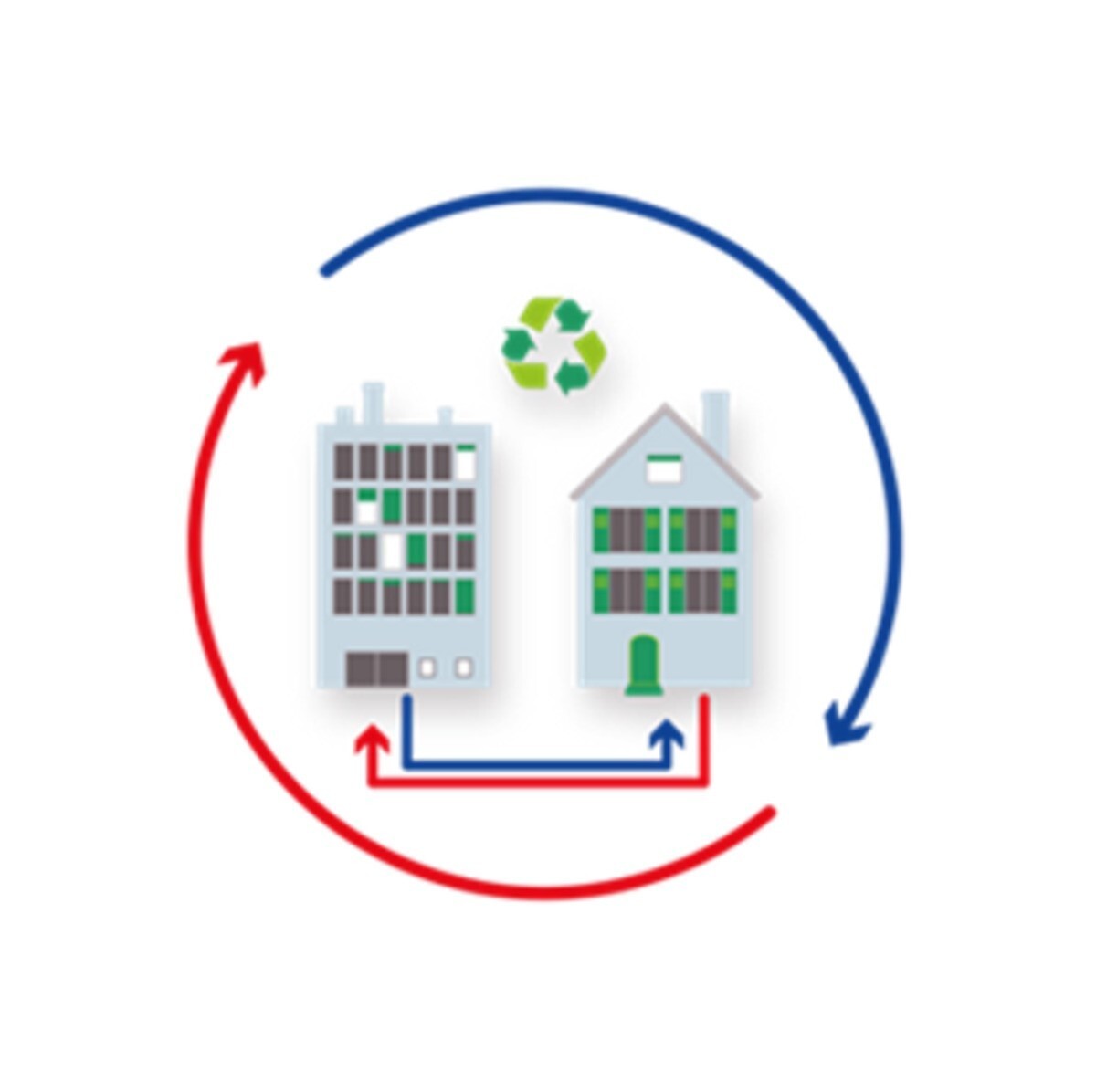
5GDHC technology
The 5 principles of 5GDHC
5GDHC grids are smart energy networks based on a local low temperature loop and decentralized production from local renewable energies. This loop allows the exchange of energy between buildings thanks to heat pumps located on the users' premises.
In order to ensure a flexible and resilient energy network to meet current and future needs, a 5th generation heating and cooling system (5GDHC) is established on the following five principles
Closing the energy loop
The first principle of 5GDHC is to avoid wasting energy in the system. A 5th generation grid differs from other heat and cooling grids in its ability to exchange energy with other connected consumers/customers: it is a circular thermal network. The network is designed as a closed loop reusing energy as much as possible: the heated buildings provide cold to the system, while the cooled buildings transmit their excess heat to the network.
The key factor in the 5GDHC approach is the optimal reuse of return flows at different spatial and temporal scales. Energy storage is used to manage the temporal imbalance between supply and demand within the system on a daily, but also seasonal basis.
For example, heat pumps in green buildings to generate the required temperatures. These heat pumps use outdoor air, surface water or soil. On the one hand, this requires investments in source facilities that also need space, which could be an obstacle. On the other hand, some of the energy produced is lost to the surrounding environment. In 5GDHC grids, the back end of these heat pumps is connected to the grid and thus the return flow of energy is retained in the circuit.
This first principle of 5GDHC is implemented in a stepwise approach, exchanging energy first within a building or block, then at the neighborhood level, and finally at the city level. Further optimization of the grid would also be possible through optimized territorial planning.
Using low-grade sources for low-grade demand
Energy sources can be classified according to their applicability. One of the foundations of 5GDHC is the observation of heat and cold demand levels, in order to bring only the necessary amount of energy into the network. A 5GDHC system does not need many high-temperature sources to meet most of its heating and cooling needs. This means that available low-temperature energy streams (such as shallow geothermal, industrial discharge, waste-to-energy, cooling process waste energy, wastewater, etc.) are prioritized when any additional heating or cooling not satisfied by the exchange must be provided to the system.
In order to optimize 5GDHC, a prioritization of the types of input energy to be used was created. First, thermal energy exchanged between users will be used. Next, ambient temperature thermal sources as well as renewable sources with temperatures above the typical "hot" grid temperature. The last energy source in the ranking is thus fossil fuels.
The second principle of 5th generation district heating is therefore to match the available low temperature sources with the demand. The need for high-temperature energy is then reduced, and can then be covered 100% by renewable energies such as deep geothermal, wind, solar, hydro and biomass.
Decentralized & demand-driven energy supply
Traditional energy systems are centralized and circulate a large amount of energy that is never used.
In contrast, 5GDHC systems are "demand-driven," meaning that they only begin to produce and circulate energy when there is demand on the grid. This saves energy: it is produced only when and where it is needed. The system can simultaneously provide heating and cooling services at different temperatures and to different customers by adapting to demand.
In practice, 5GHDC enables a shift from a highly centralized energy system to a decentralized, intelligent grid of small facilities close to the end user.
An integrated approach to energy flows
Many energy systems contain siloed incentives: they do not optimize needs across systems and sectors. For example, a building owner powered by electricity that induces high peaks on the power grid may want to warm up in the morning after a nightly cutback. The use of thermal mass and thermal storage may require additional investment for the building but provide significant savings on the electrical grid. The goal of 5GDHC is to maximize the efficiency of energy delivery and use. This is made possible by an integrated approach to all other energy flows in a given territory (power grids, transport, industry, agriculture, etc.).
Indeed, huge losses in some sectors can be deployed to serve others. Large power plants that waste large amounts of cooling energy at room temperature could cover the heating demand of other buildings. Vehicles in the transportation sector also have low efficiency, losing a lot of heat, and new technologies, such as hydrogen conversion, have high heat losses. Integrating these different sectors can result in significant savings on the total energy balance.
In addition to energy savings, integrating a 5GDHC grid with an electric grid will help balance the grid and increase its flexibility. This will create smaller, more efficient energy infrastructures, requiring less equipment and operating energy. The system, with lower peak capacities, will also require less overall investment in infrastructure (pipelines, pumps, heat pumps, etc.) and reduce the capacity demanded by the power grid.
Priority to local and sustainable sources
This last principle of district heating and cooling grids is a matter of common sense: giving priority to what can be supplied locally rather than to distant thermal sources.
This priority to local sources has first of all an environmental and energy sobriety advantage: giving priority to local sources limits the energy losses linked to transport. But it is also an important economic advantage, as it encourages investment in local energy production, to the benefit of the territory in which the grid is located.
Photo credit
Clyde Gateway




